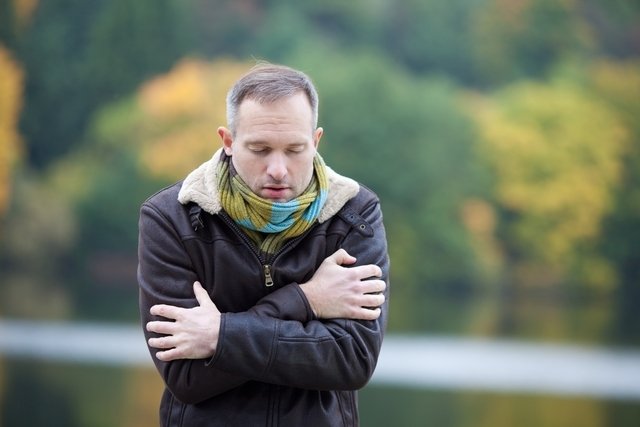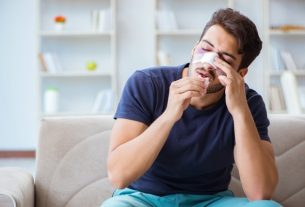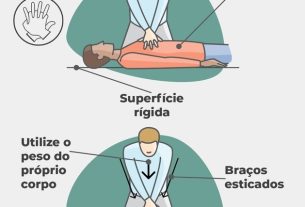In case of hypothermia, it is important to take the person to a warmer place protected from the cold, and it is important to avoid using electric heaters, compresses or hot water bottles directly on the skin to increase body temperature, as this can cause burns.
Hypothermia corresponds to a decrease in body temperature, which falls below 35 ºC and can happen when you remain without adequate equipment in harsh winter or after accidents in freezing water, for example. In these cases, body heat can quickly escape through the skin, leading to hypothermia. Learn more about hypothermia.
Hypothermia can be fatal, so it is important to start first aid as soon as the first signs of hypothermia appear to preserve body temperature and avoid complications, such as stroke or heart attack, for example.

Step by step to increase body temperature
To increase body temperature in case of hypothermia, it is recommended:
- Take the person to a warm place and protected from the cold;
- Remove wet clothesif necessary;
- Protect the person against wind and draftsto prevent further heat loss;
- Put blankets over the person and keep your neck and head well wrapped;
- Putting hot water bottles on the blanket or other devices that help increase body temperature;
- Offer a hot drinkavoiding coffee or an alcoholic drink, as they increase heat loss.
During this process, and if possible, you should try to keep your body temperature monitored using a thermometer. This makes it easier to assess whether the temperature is increasing or not. If the temperature drops below 33º, medical help must be called immediately.
If the person has lost consciousness, they should be placed on their side and wrapped up, avoiding, in these cases, giving liquids or putting anything else in the mouth, as this can cause suffocation. It is important to pay attention to the person, because if they stop breathing, they should call for medical help and start cardiac massage to keep the blood circulating in the body. See the step-by-step guide to do the massage correctly.
What not to do
In cases of hypothermia, it is not recommended to directly apply heat to the skin, such as hot water or a heat lamp, for example, as they can cause burns. Furthermore, if the victim is unconscious or unable to swallow, it is not advisable to give drinks as this may cause choking and vomiting.
It is also contraindicated to give alcoholic drinks to the victim, as well as coffee, as they can alter blood circulation, also interfering with the body warming process. You should also not rub or massage the extremities affected by the cold, as this can interfere with the functioning of the heart.
How hypothermia affects the body
When the body is exposed to very low temperatures, it initiates processes that attempt to increase the temperature and correct heat loss. This is why one of the first signs of cold is the appearance of shivering. These tremors are involuntary movements of the body’s muscles that try to produce energy and heat.
In addition, the brain also causes vasoconstriction, which causes the body’s vessels to become narrower, especially in the extremities, such as hands or feet, preventing too much heat from being wasted.
Finally, in the most serious cases of hypothermia, the body reduces the activity of the brain, heart and liver to try to reduce the heat loss that occurs with the functioning of these organs.
Bibliography
- MONTANA DEPARTMENT OF PUBLIC HEALTH AND HUMAN SERVICES. Health and Safety Guidelines Hypothermia and Cold Related Injuries. Available at: <https://dphhs.mt.gov/assets/dsd/DDP/MedicalDirector/Hypothermia.pdf>. Accessed on January 27, 2023
- CDC. Hypothermia. Disponível em: <https://www.cdc.gov/afghan-evac/pdf/avoid-spot-treat-hypothermia-frostbite.pdf>. Acesso em 27 jan 2023

Sign up for our newsletter and stay up to date with exclusive news
that can transform your routine!
Warning: Undefined array key "title" in /home/storelat/public_html/wp-content/plugins/link-whisper-premium/templates/frontend/related-posts.php on line 12
Warning: Undefined array key "title_tag" in /home/storelat/public_html/wp-content/plugins/link-whisper-premium/templates/frontend/related-posts.php on line 13



